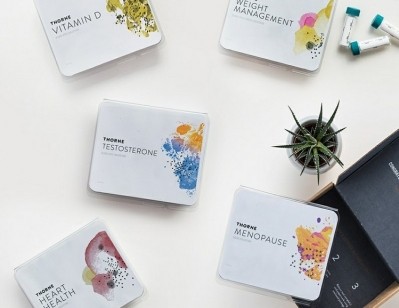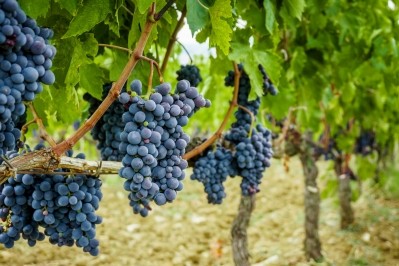Paper provides 'great overview' of challenge of choosing right botanical test materials

The paper was published in the journal Natural Products Reports. It is the work of researchers from the University of North Carolina Greensboro, Washington State University, and the City of Hope Cancer Center.
Challenge of choosing the right stuff
Industry experts often opine that some researchers don’t seem to understand the challenges of natural products. It’s far more complicated than merely selecting the right product from a validated chemical supplier. In some cases broad conclusions have been drawn from research conducted with poorly characterized materials or materials that don’t reflect what’s available in the marketplace, these experts have complained.
The present paper, titled “Selection and characterization of botanical natural products for research studies: a NaPDI center recommended approach,” is an attempt to address those concerns.
“Botanical natural products are inherently complex mixtures, with composition that differs depending on myriad factors including variability in genetics, cultivation conditions, and processing methods. Unfortunately, many studies of botanical natural products are carried out with poorly characterized study material, such that the results are irreproducible and difficult to interpret. This review provides recommended approaches for addressing the critical questions that researchers must address prior to in vitro or in vivo (including clinical) evaluation of botanical natural products,” the authors wrote.
Matching test material to marketplace
The authors recommend that researchers conduct a literature search prior to selecting their study material to find out how consumers are using the product in the marketplace. This can help insure the form of the botanical that is studies best matches what’s relevant to the market.
They also include sections on preparing or purchasing study materials, including the importance of voucher specimens and validated botanical reference materials.
The paper delves into the importance of proper authentication of the study material. That includes discussion of DNA techniques, the use of chemical fingerprints and metabolomic studies using MS and NMR tools. There is also a lengthy outline of adulteration concerns and how to look for common adulterants that might be present in a research sample. The authors conclude with a list of 13 best practices
“It is our expectation that consideration of the topics addressed herein will enable the design of rigorous and reproducible studies with complex botanical natural products, and prevent the wasted time, funds, and effort that goes into studies where product selection has not been carefully considered,” they wrote.
ABC: Paper provides good overview of issues
Stefan Gafner, PhD, chief science officer of the American Botanical Council, said the paper would likely be a good first step for researchers entering the field.
“It’s a great overview of the questions that somebody getting into botanical research should ask themselves,” Gafner told NutraIngredients-USA.
“As such I think it’s a very helpful publication for what people should do if they want to get a representative sample. The National Toxicology Program, for example, has been criticized in the past for choosing materials that were not representative of what the major products are that are on the market,” he said.
For example, an NTP report on carcinogenic effects associated with ginkgo called into question the nature of the material the researchers had purchased from a Chinese supplier. That uncertainty caused FDA to reject a request from the Center for Science in the Public Interest to ban ginkgo supplements.
Source: Natural Products Reports
Selection and characterization of botanical natural products for research studies: a NaPDI center recommended approach
25 Jan 2019 10.1039/C8NP00065D
Authors: Kellogg JJ, et al.
















